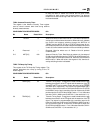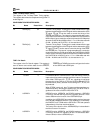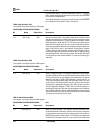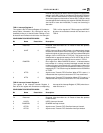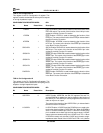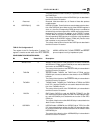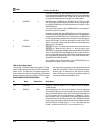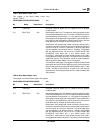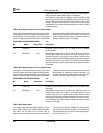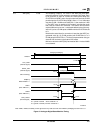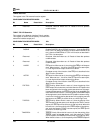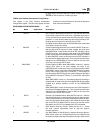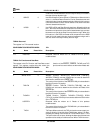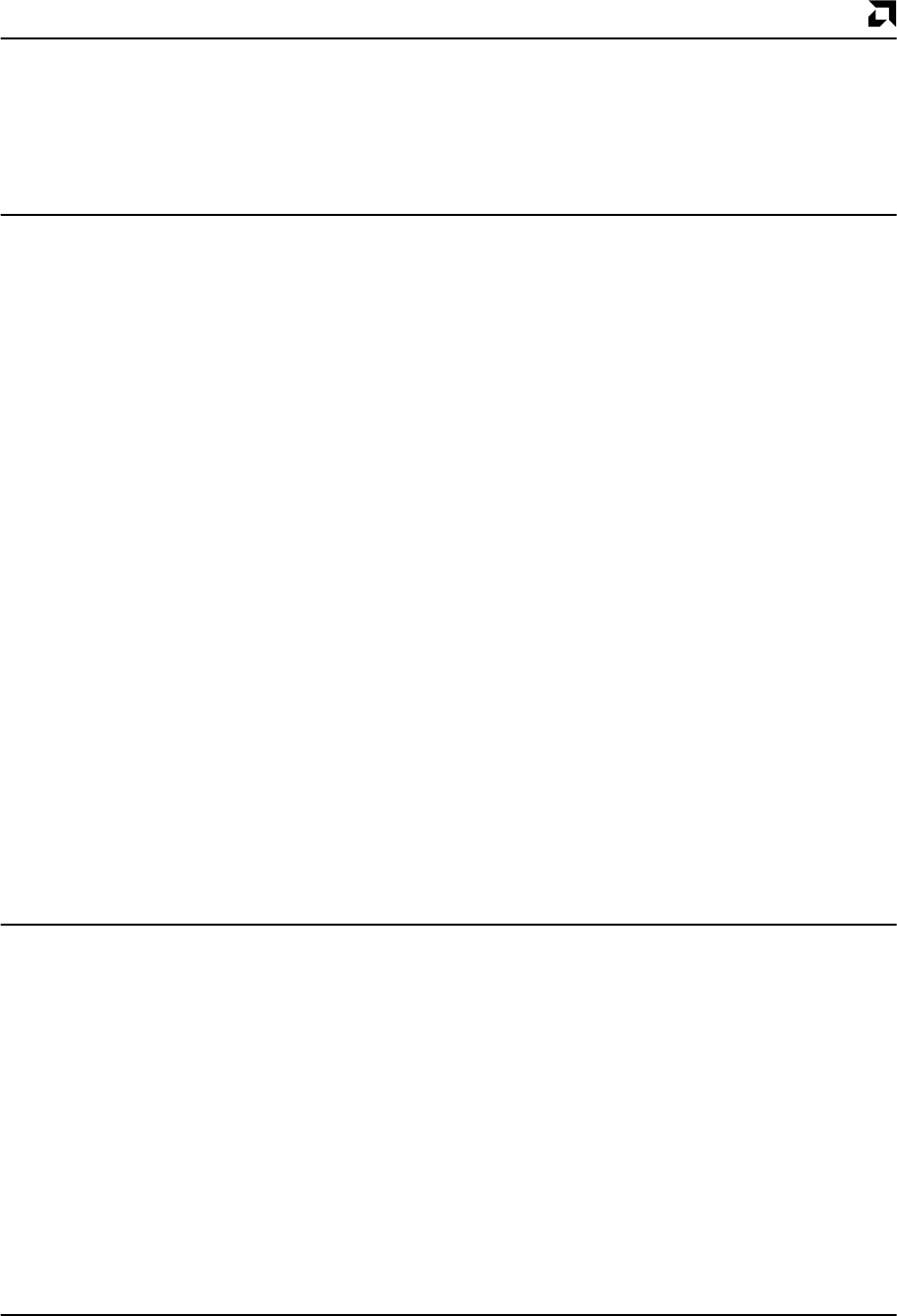
P R E L I M I N A R Y
AMD
115Am79C930
TCR17: Baud Detect Lower Limit
This register is the Baud Detect Lower Limit
register (TCR17).
CONFIGURATION REGISTER INDEX: 11h
Bit Name Reset Value Description
7–6 Reserved – Reserved. Must be written as a 0. Reads of this bit produce
undefined data.
5–0 BDLLT[5:0] 00h Baud Detect Lower Limit. This register is used to program the lower
limit for the Baud detection circuit. The lower limit defines the short-
est time between like transitions (i.e., rising edge to rising edge or
falling edge to falling edge) that is expected for a given baud rate. If
like transitions are separated by values below this limit, then the
baud detect test for that pair of like transitions will fail.
Note that the rising edge baud counter will begin counting from 0
and when it reaches a value of 29, the next increment will cause the
counter to wrap to a value of 10 decimal. The falling edge baud
counter operates in an identical manner. Therefore, rising edges
that are separated by 20, 40, 60, 80, etc. CLKIN periods (with
CLKGT20=0 each baud tick is one CLKIN period, with
CLKGT20=1, each baud tick is two CLKIN periods) will all yield a
rising edge baud counter value of 20. The same is true for the falling
edge baud counter. This information should be used to appropri-
ately program the Baud Detect Lower Limit register.
The resolution of the value in this register is the period of the CLKIN
signal when the CLKGT20 bit of MIR9 is set to 0 or twice the period
of the CLKIN signal when the CLKGT20 bit of MIR9 is set to 1. With
CLKIN = 20 MHz and CLKGT20=0, a value of 14h (=20 decimal)
represents the
nominal
pulse width value for 1 Mbit/s network data
rate operation.
TCR18: Baud Detect Upper Limit.
This register is the Baud Detect Upper Limit register.
CONFIGURATION REGISTER INDEX: 12h
Bit Name Reset Value Description
7–6 Reserved – Reserved. Must be written as a 0. Reads of this bit produce
undefined data.
5–0 BDULT[5:0] 00h Baud Detect Upper Limit. This register is used to program the upper
limit for the Baud detection circuit. The upper limit defines the long-
est time between like transitions (i.e., rising edge to rising edge or
falling edge to falling edge) that is expected for a given baud rate. If
like transitions are separated by values above this limit, then the
baud detect test for that pair of like transitions will fail.
Note that the rising edge baud counter will begin counting from 0
and when it reaches a value of 29, the next increment will cause the
counter to wrap to a value of 10 decimal. The falling edge baud
counter operates in an identical manner. Therefore rising edges
that are separated by 20, 40, 60, 80, etc. CLKIN periods (with
CLKGT20=0 each baud tick is one CLKIN period, with
CLKGT20=1, each baud tick is two CLKIN periods) will all yield a
rising edge baud counter value of 20. The same is true for the falling



